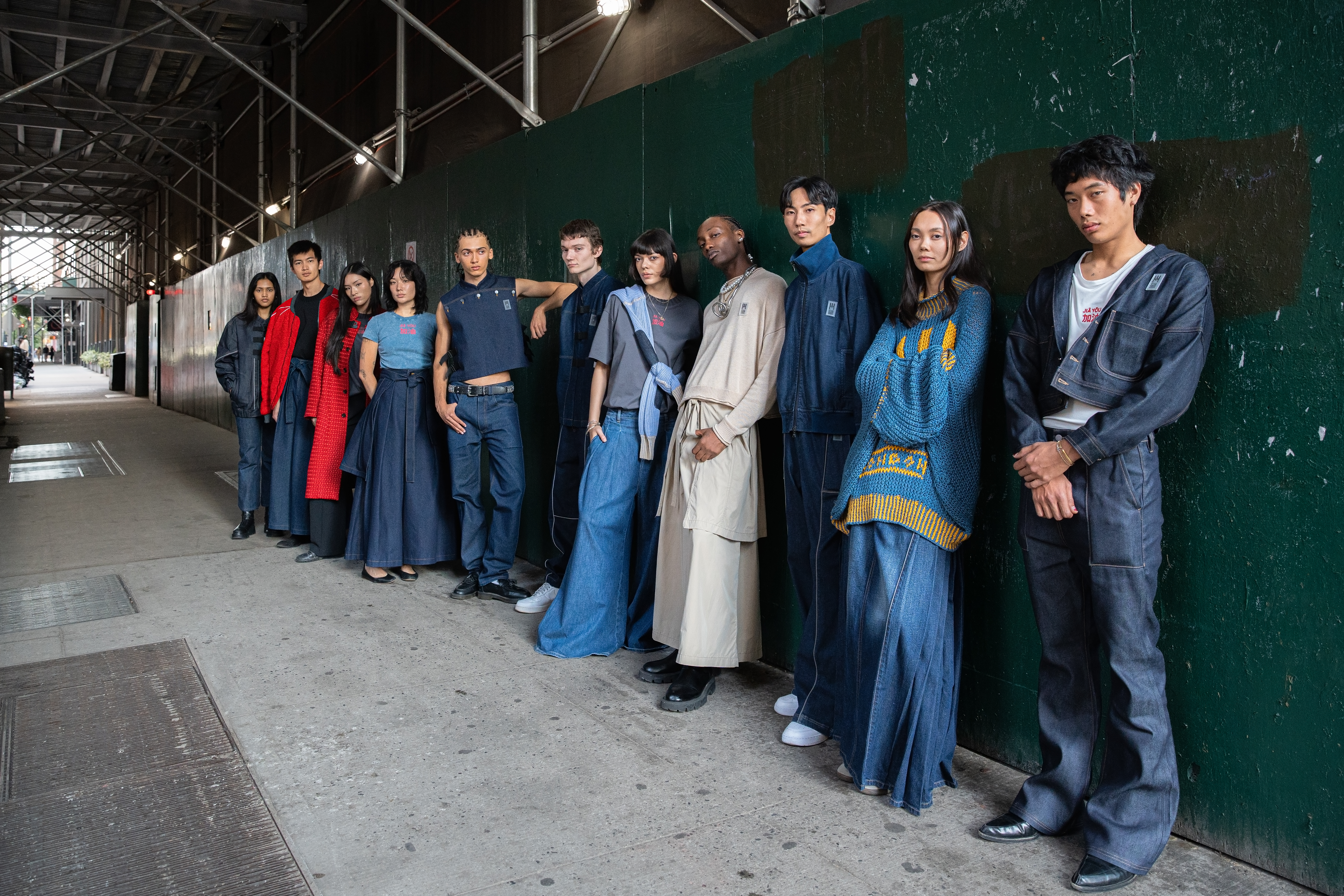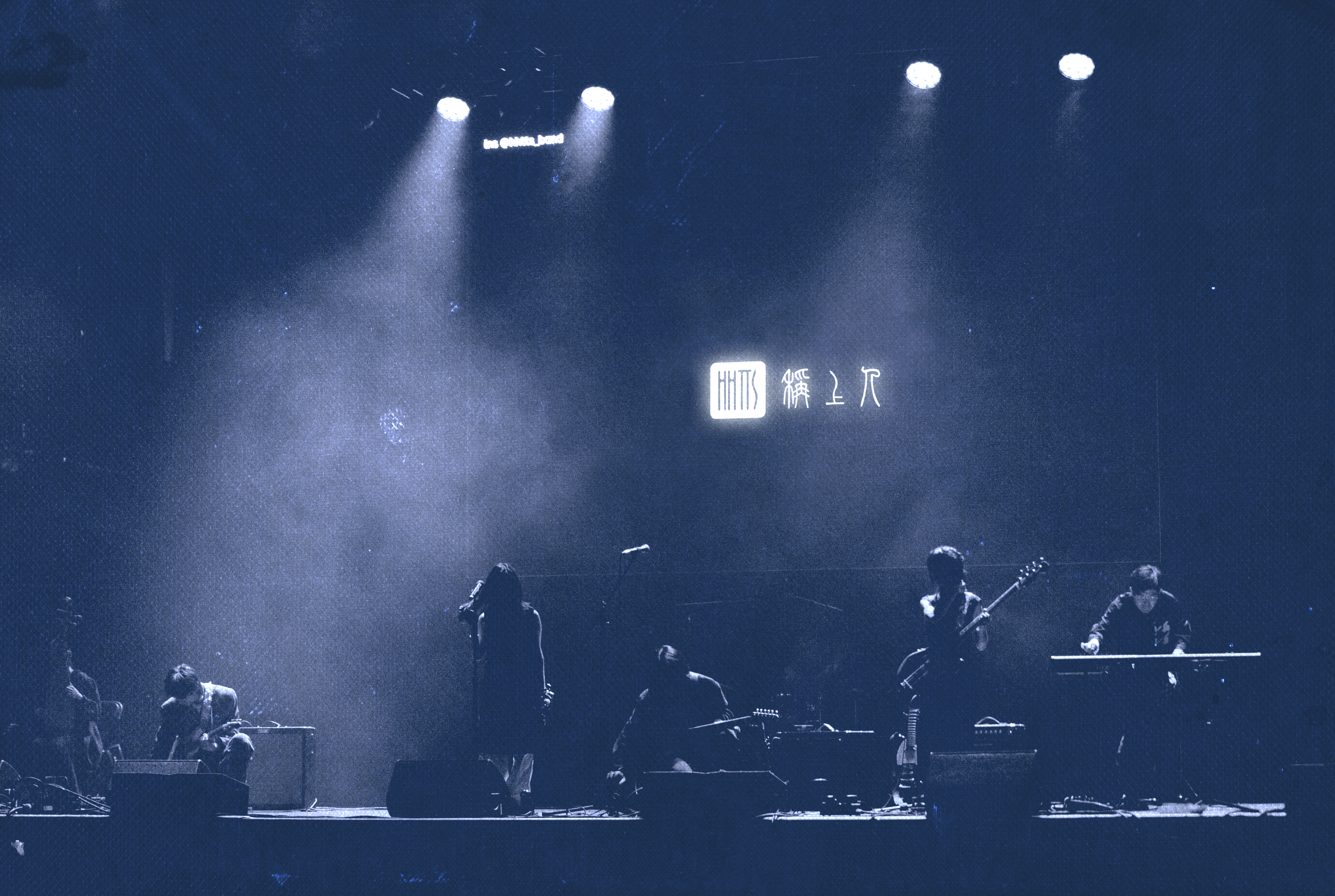As a multi-faceted musician and a charming television personality, Henry Lau should be a familiar name for fans of Chinese pop music. So it might come as a surprise that Lau has never had a global tour nor performed in New York before.
During the MetaMoon Festival at the Brooklyn Paramount on the last weekend of September, in front of enthusiastic fans, Lau spoke quietly into the mic to reveal the gravitas of the moment for him.
“This is actually my first time performing in New York, it took me 17 years to do this. Sorry it took so long,” said Lau as fans cheered on.
At its heart, MetaMoon Music Festival is a platform that celebrates and embraces the diversity of Asian pop culture. This year’s festival also included an educational component at the Roc Nation School of Music, Sports & Entertainment at Long Island University, which hosted the second edition of “The Summit: Rise of Asian Artists and their Global Fandom.”
Before the music began, the celebration was ushered in by a food festival featuring local Asian businesses across Chinatown and Flushing. From a taste test of mooncakes to home style buns, the vendors ensured fans were well-fed before dancing through the night.
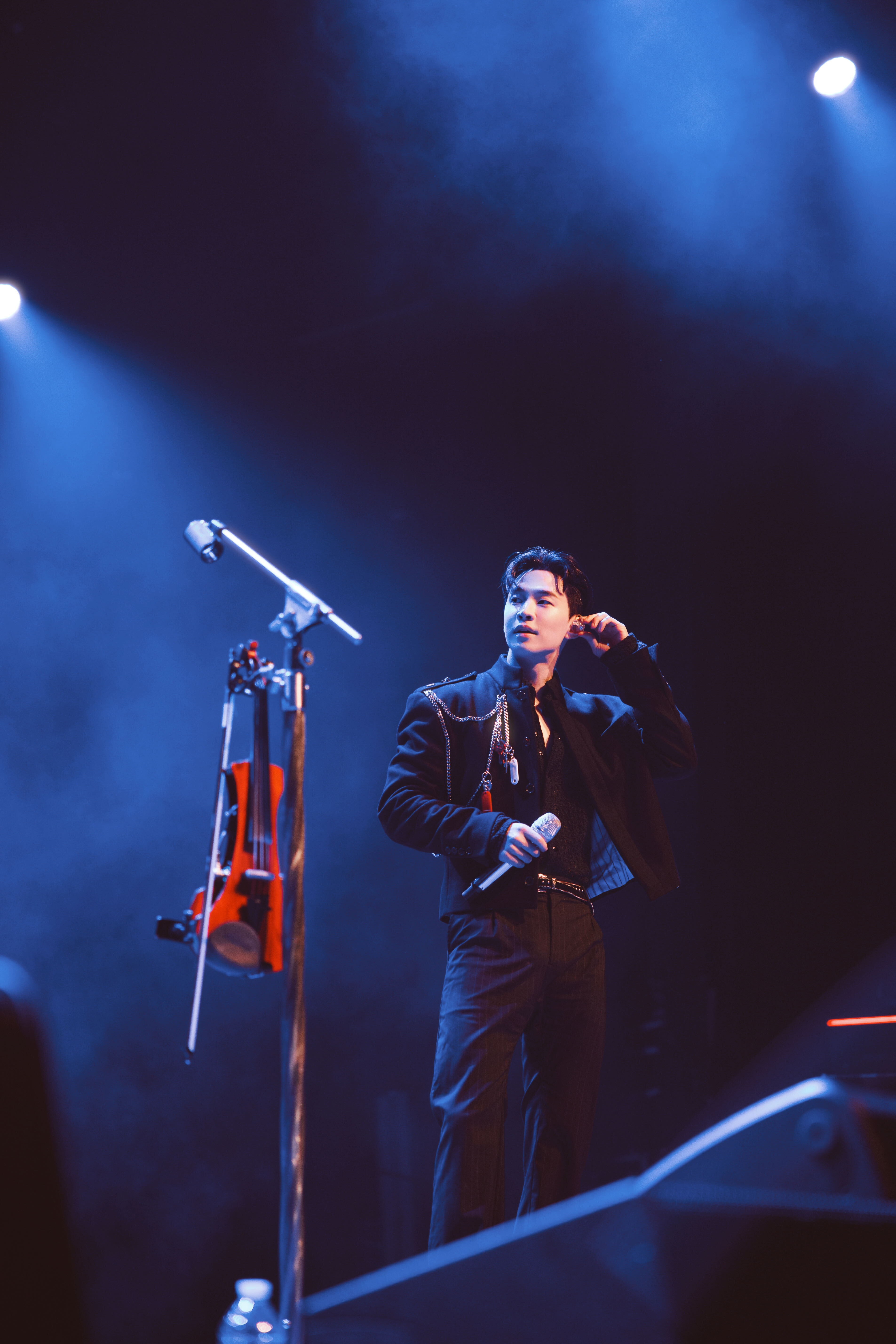

While Asian cuisines are already familiar to many in the U.S., musical talents from Asia are now also enjoying a meteoric rise and taking center stage across the country. From 2015 to 2024, Live Nation reported a 600% increase in Asian pop shows and a 275% surge in the number of artists.
This year’s MetaMoon Festival introduced fans to four Asian artists with distinct musical styles. The line-up included Taiwanese American R&B singer sunkis and Chinese American alternative pop musician Emei. The headliners were Eric Nam, a Korean American singer-songwriter and television personality based in South Korea; and Henry Lau, a Chinese Canadian singer-songwriter and instrumentalist based in China and South Korea.
Jun Yung, who works in digital strategy at C3 Presents, the festival promoter and mastermind behind some of the largest global music festivals, observed an emerging trend of K-pop artists coming onto festival stages, starting with South Korean rapper and singer-songwriter J-Hope performing at Lollapalooza in Chicago. Increasingly, more K-pop groups like Tomorrow X Together and Stray Kids are headlining festivals too.
RADII caught up with Yung to find out more about promoting opportunities for fans to discover Asian American artists in the U.S.
Yung said that festivals are not only a great way for fans to see artists they already love, they’re also a means through which audiences can discover new musical genres. He added that festivals allow audiences to pay for multiple performances at the price of one. The unstructured nature of festivals also encourages audiences to move between different artists. Music festivals, as Yung pointed out, are also yearly rites of passages that fans come back to.
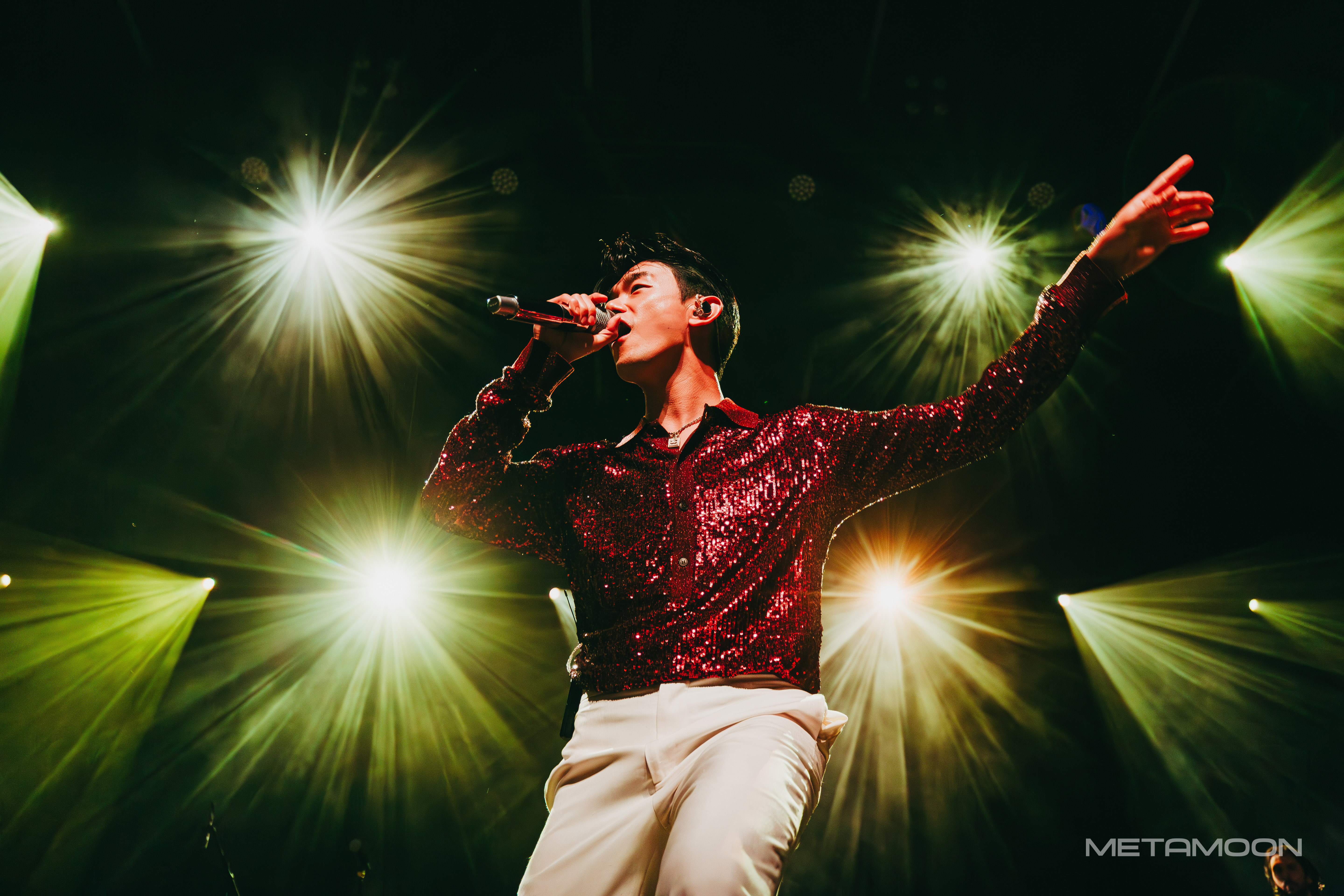
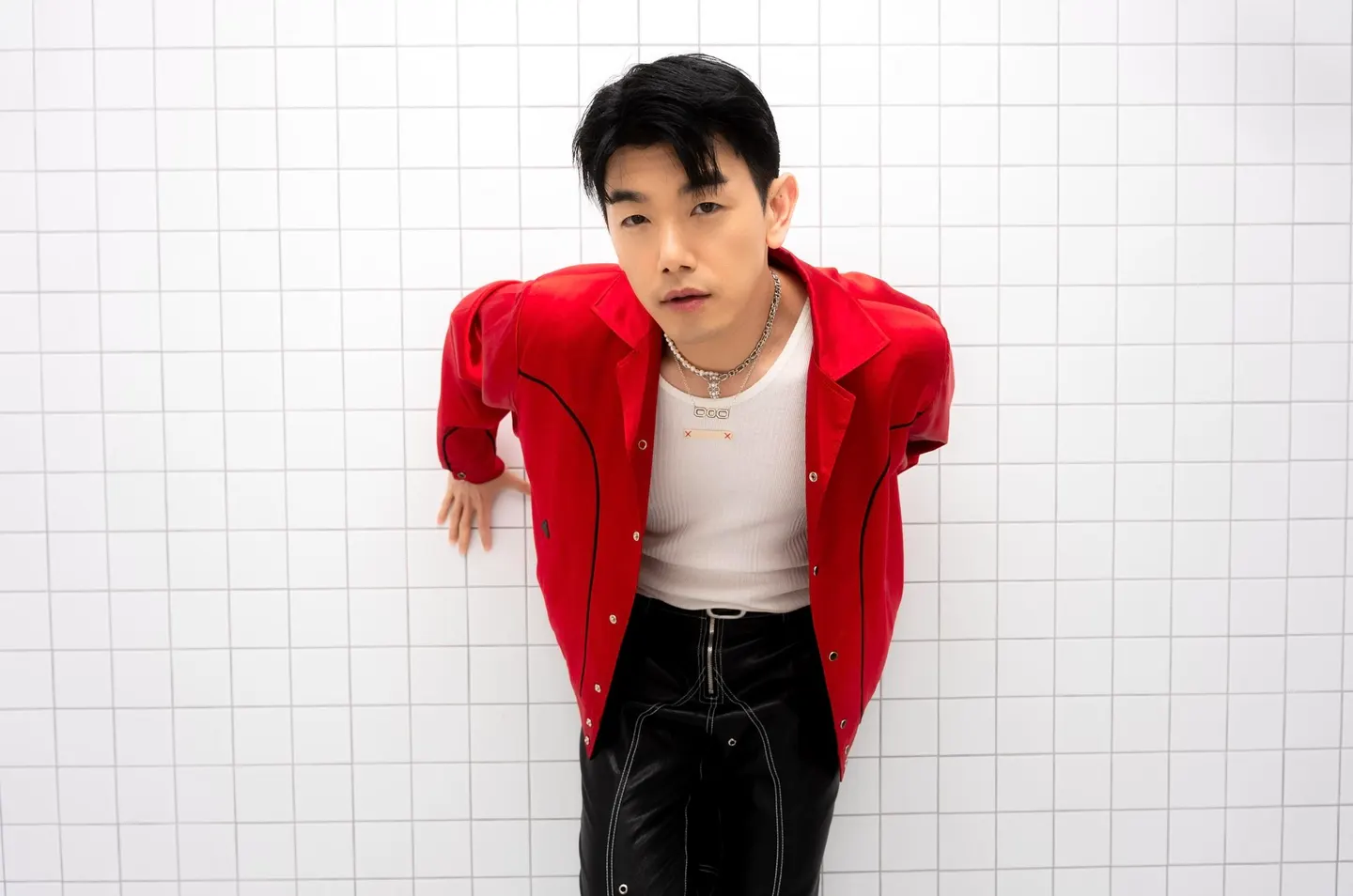
“All three of these factors play into festivals being a really good platform for music discovery and diversity of artists,” he explained. “People are definitely coming to our festivals and then they see, ‘Oh, wow, it’s K-pop artists here. Cool, I’m going to know them better.’”
Beyond festivals being a platform for audiences to discover Asian artists, these emerging talents are also driving ticket sales and hype from committed fans. After attending Lollapalooza himself, Yung observed all the fans for Stray Kids running to the front of the barricade eight hours before the show began.
Die-hard fans also turned up at MetaMoon this year. One fan was invited on stage by sunkis after learning she lined up outside the venue early in the morning to see him in the front row. Another fan shared that she flew in from Los Angeles early in the morning to line up and see Henry Lau perform, despite the rainy weather in New York.
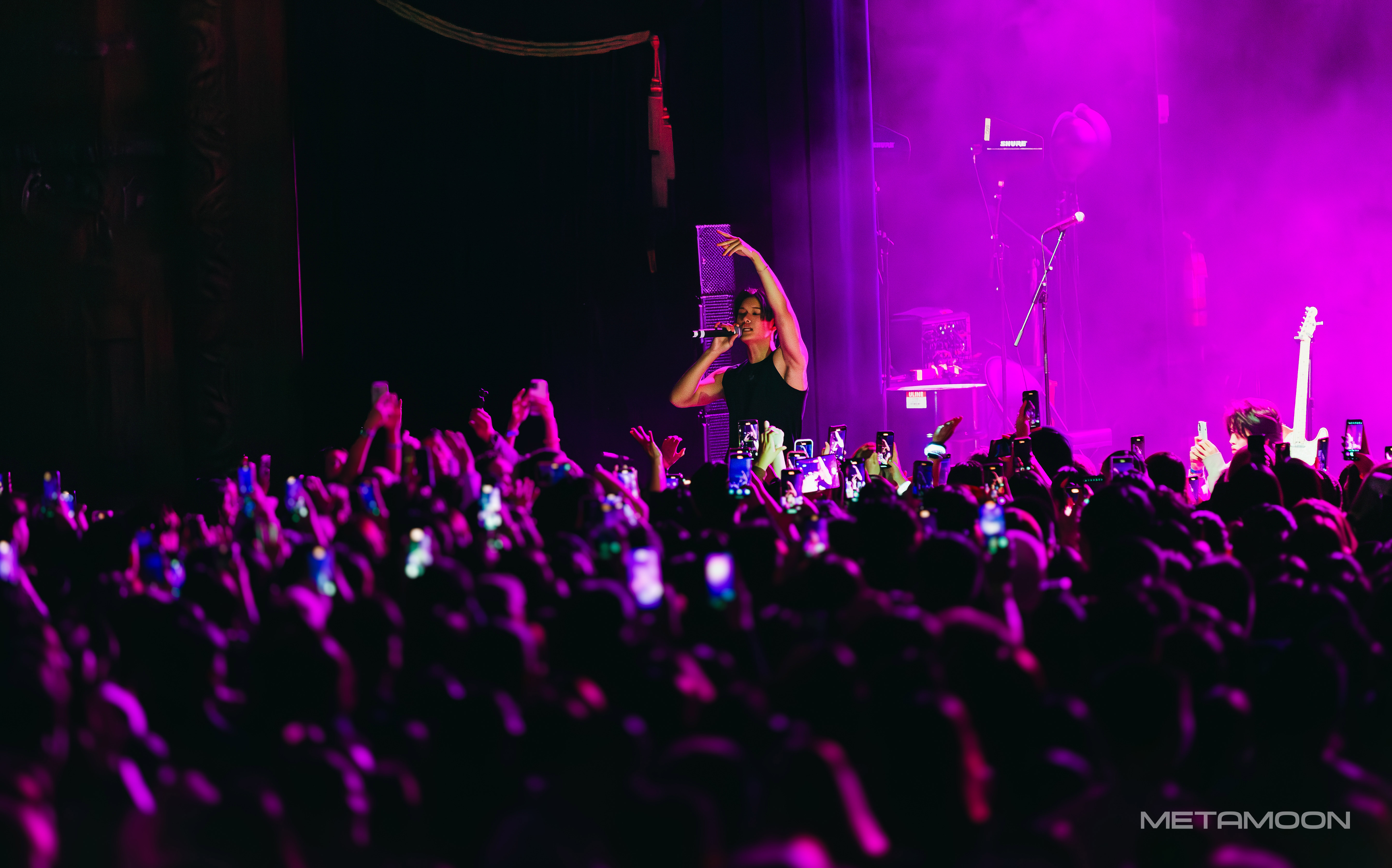
While each performance at the festival was unique, one interesting fact unites all four of the featured artists. While they were born in the U.S. or Canada, all of them launched their careers in Asia, where there are more structured pipelines for aspiring Asian musical talents.
sunkis, who has over 20,000 followers on Chinese social media platform Xiaohongshu, recently revealed that he is working on an all-Chinese album. In late 2023, the song “Like I Do” by Sunkis and J Tajor went viral when its dance moves became a TikTok challenge.
Emei previously revealed on Instagram that she grew up in New Jersey with Chinese immigrant parents. At 15, she took a gap year from high school and appeared on the TV show Chinese Idol. Not only did she place third, but she also signed a television deal afterwards, which launched her career in music and entertainment.
Meanwhile, Nam grew up in Atlanta, singing in the boy’s choir and playing the piano. While he was originally set on pursuing a career in business, Nam followed his musical passions and participated in the Korean show Star Audition: Birth of a Great Star 2. Nam said in an interview that it was daunting for him to move to South Korea where he had to learn the language and adapt to the culture. Yet he overcame these challenges and ended up finishing in the top five on the show, which jump-started his music career.
Lau grew up playing classical violin and piano — both instruments he still incorporates into his music and performs live on stage in a creative blend of classical melodies and pop music. As a child, Lau told his parents that he wanted to be a superstar, but was quickly dismissed by his dad telling him to stop dreaming. But later on, the Chinese-Canadian pop idol would sign with SM Entertainment in South Korea, debuting in 2008 as a member of Super Junior-M.
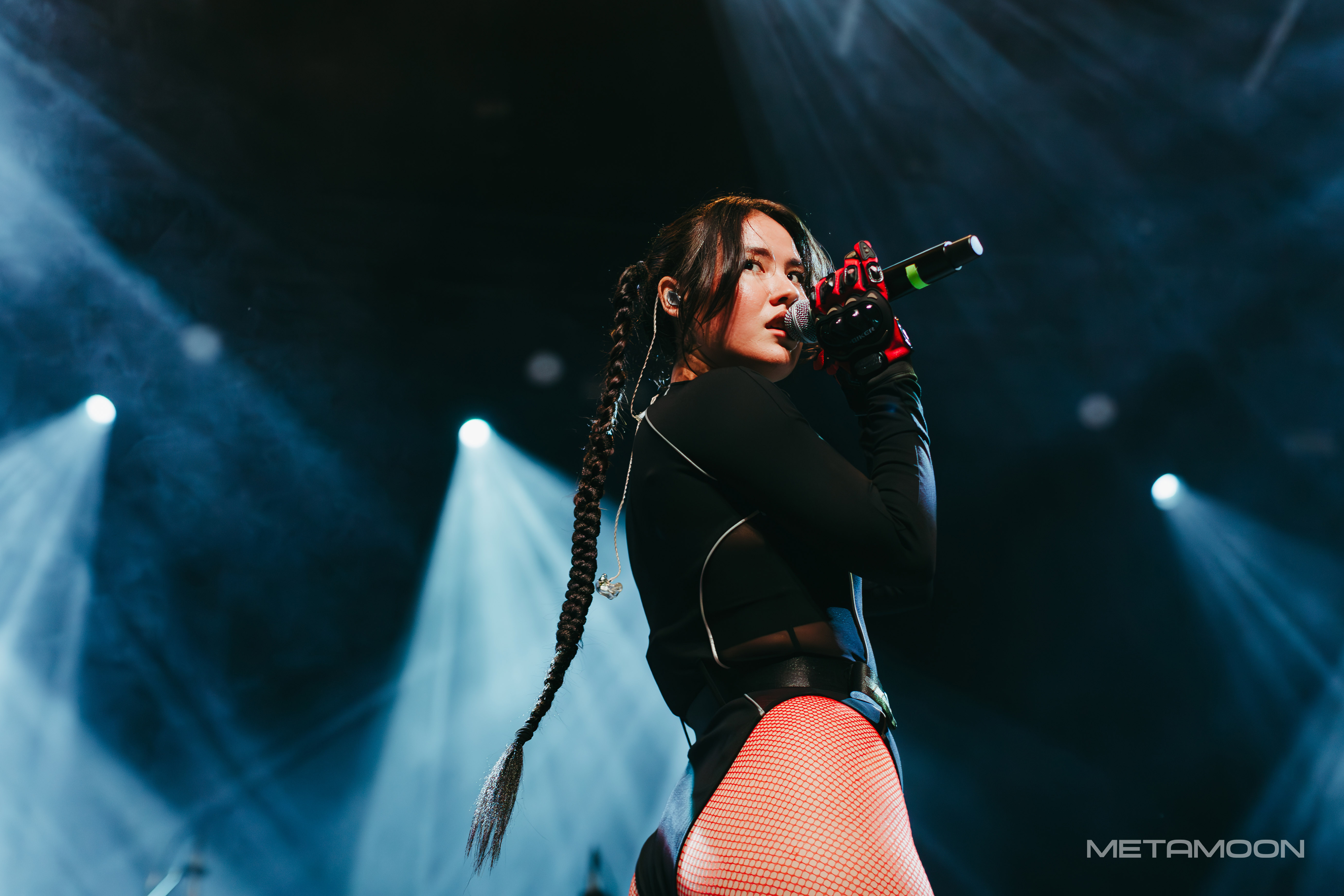
At MetaMoon, these four Asian Americans artists attracted a diverse crowd of fans. After performing several English songs to a crowd of fans singing along, Nam paused and said: “I know it’s a little odd, but I’ll now perform a song in Korean.” However, the cheering from the fans did not subside and instead became even louder.
Fans of Asian pop music continue to challenge the dominance of English language music. According to a Live Nation study, more than 75% “Asia pop” fans say it’s not important to them that they speak or even understand the language of the music they listen to.
When thinking about increasing the representation of Asian pop music in the US, Yung believes in building communities within the industry that elevate Asian artists. This includes the development of future talent, support from fan bases, and investments on the business side, like MetaMoon and other music festivals that connect artists with fans.
Compared to the more structured South Korean artist development system, the musical industry is more organic in the U.S., which means that fan support is even more important for an artist’s success. Yung encourages fans to go to more performances beyond big arena shows. For example, Emei, who will be performing midday at Austin City Limits in October, also performs regularly at clubs and theater spaces.
The festival promoter emphasized the significance of community building — highlighting that attending shows and nurturing connections among fans, artists, and industry professionals is essential for continued success.
Banner image via Henry Lau’s Instagram post.




